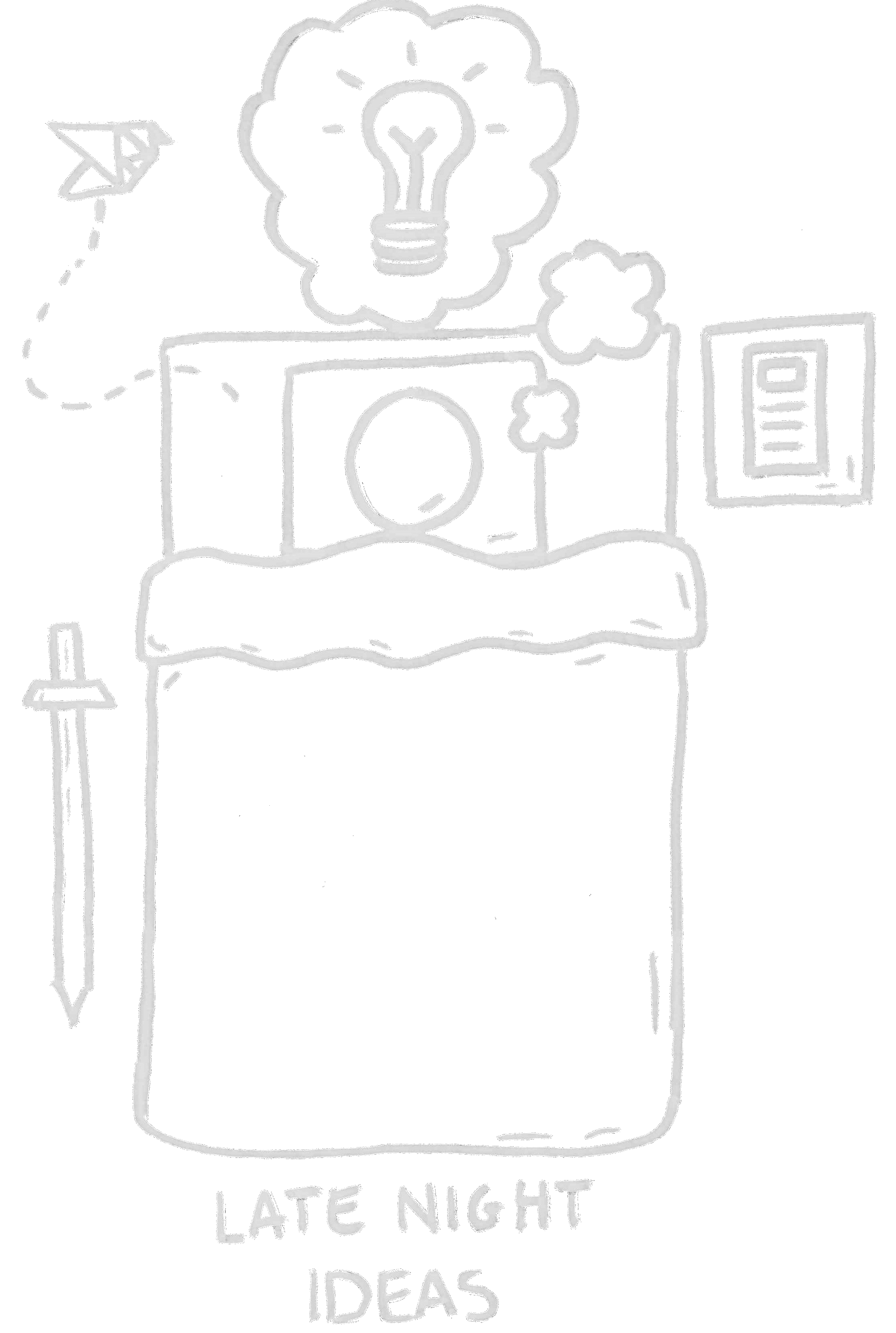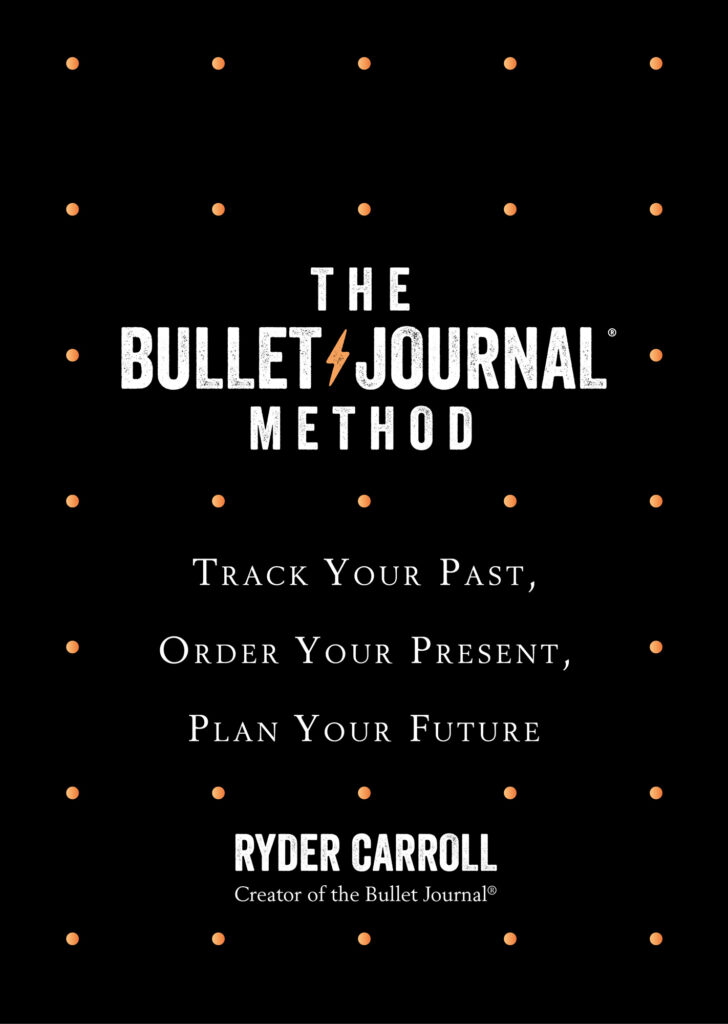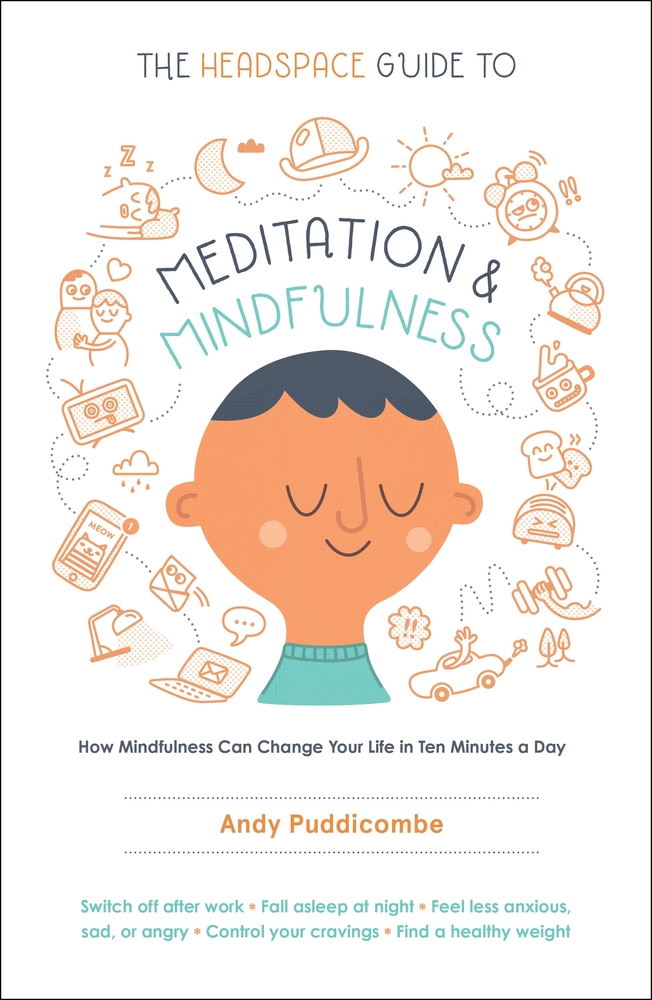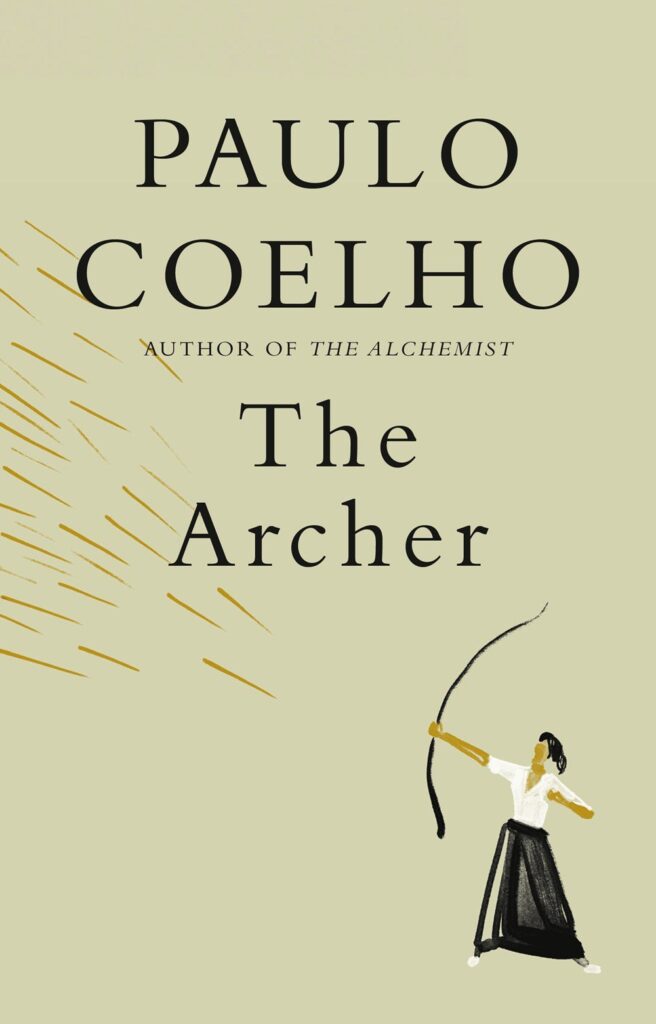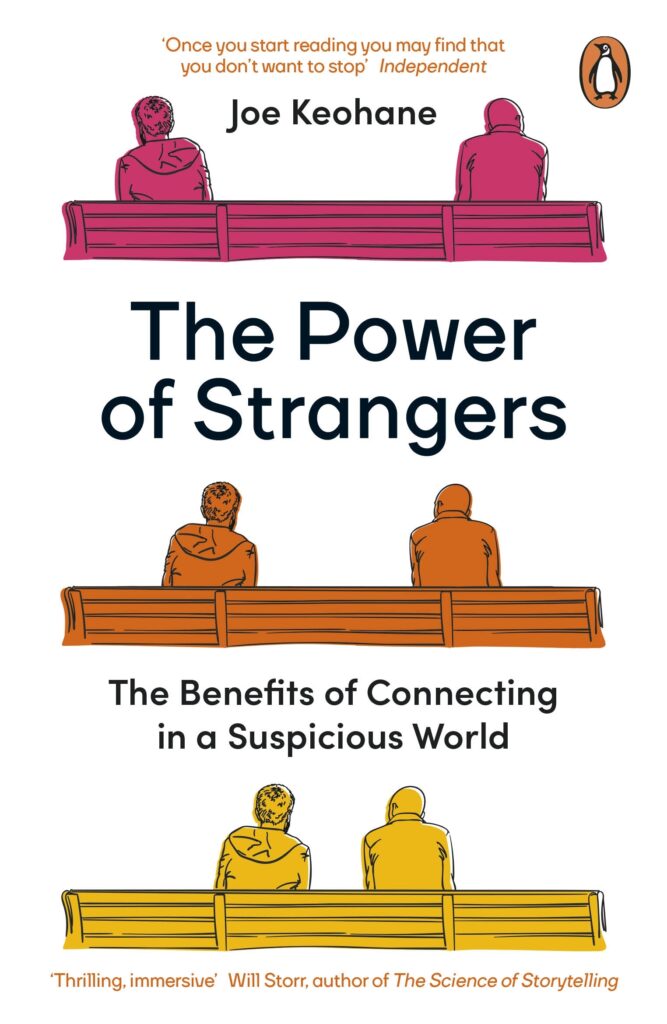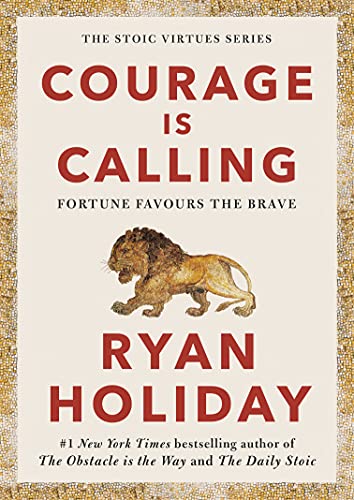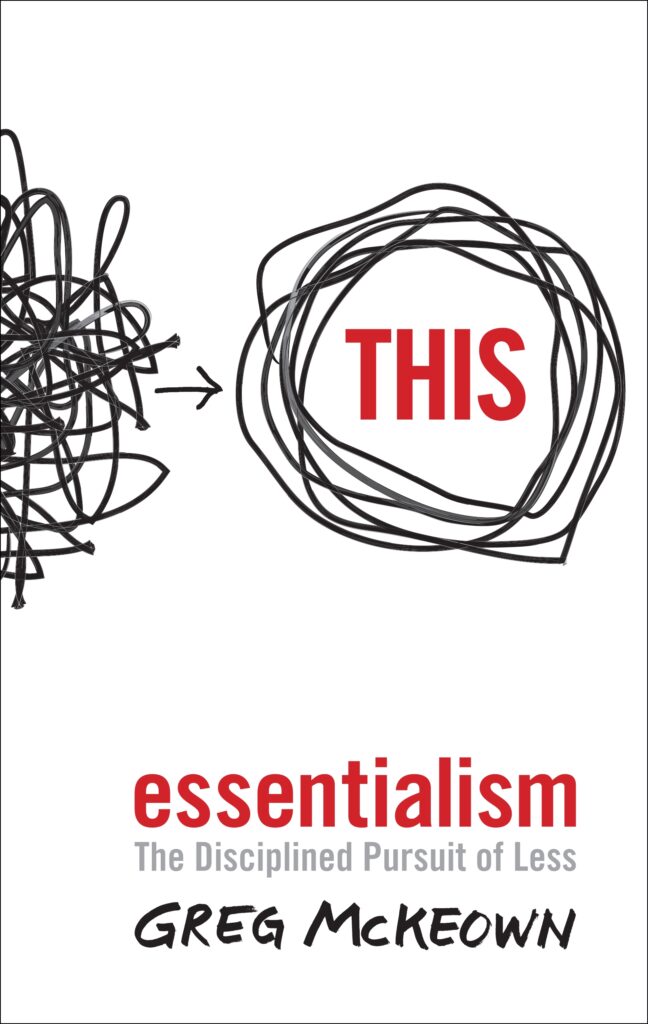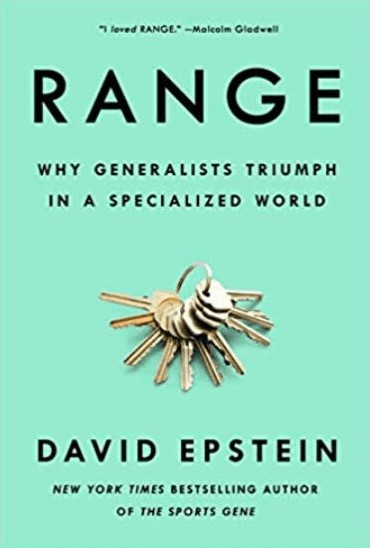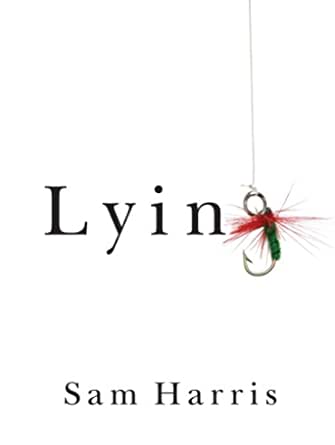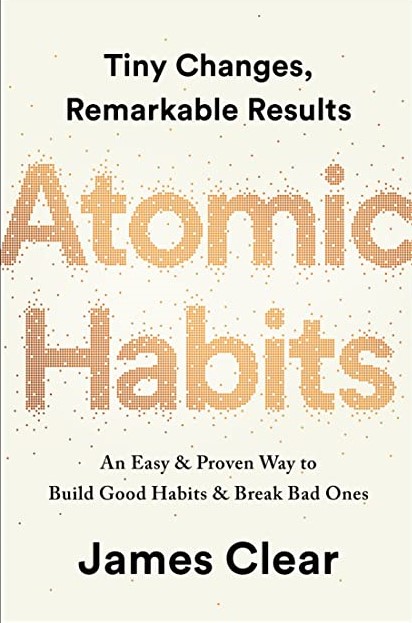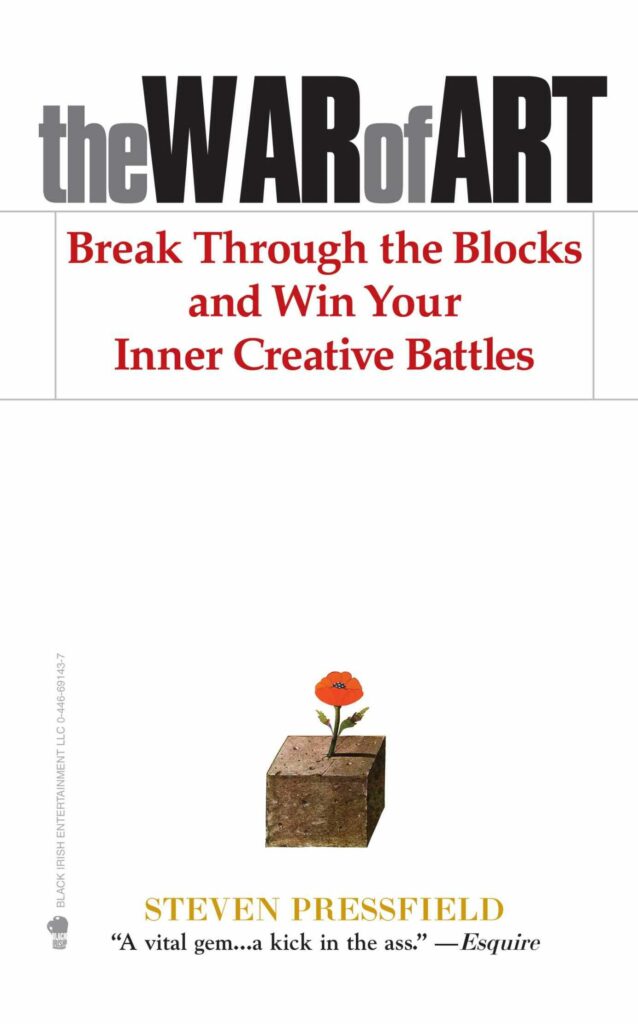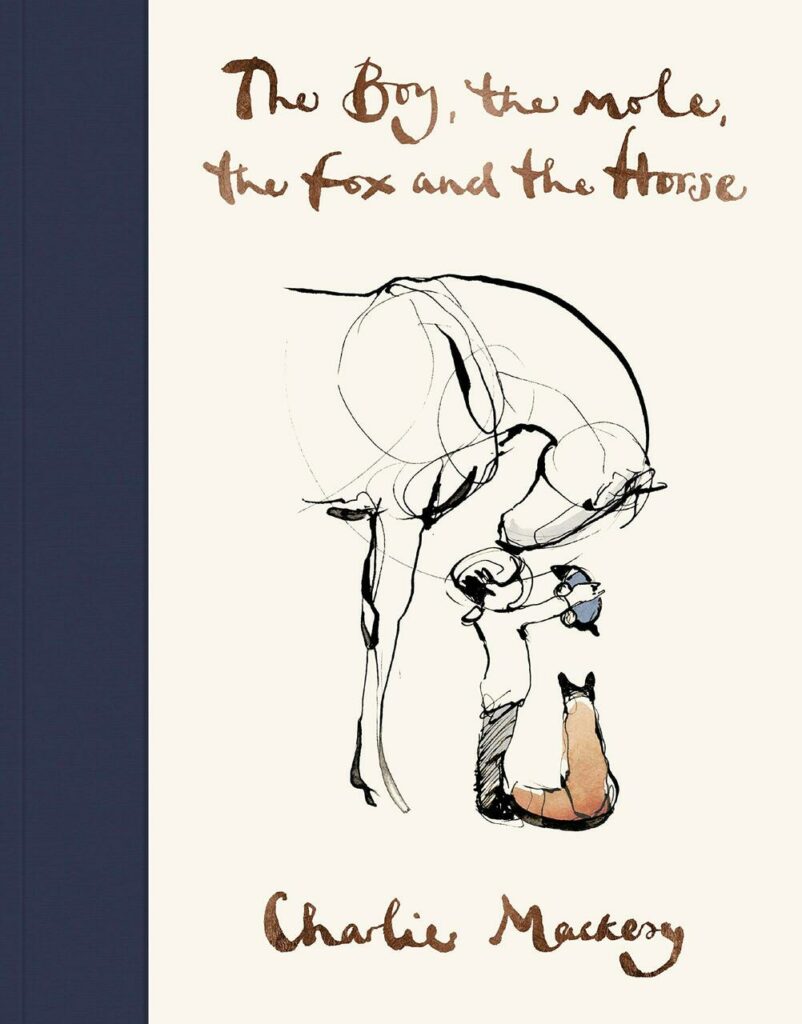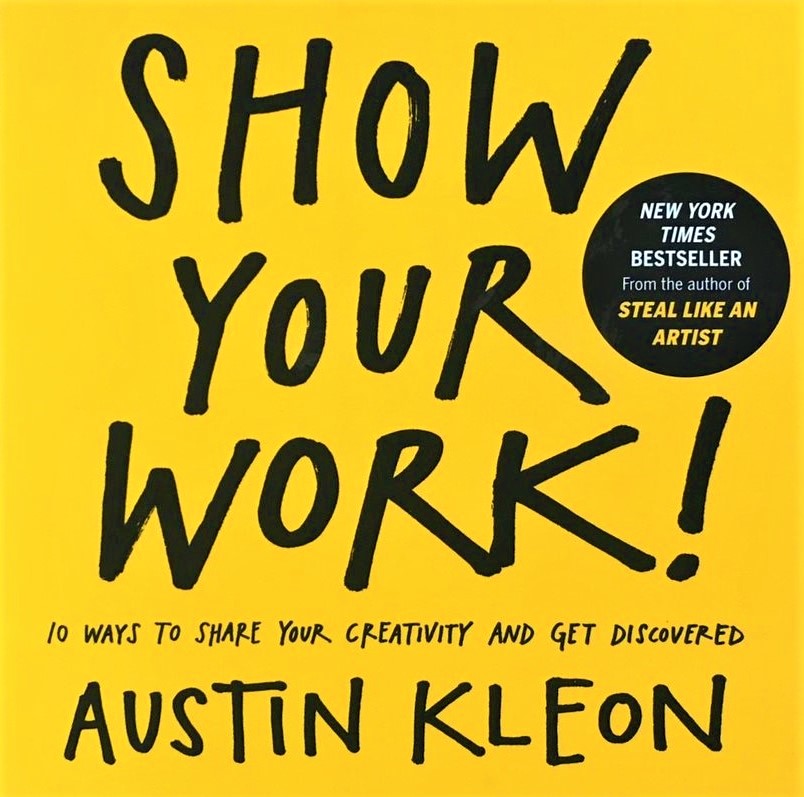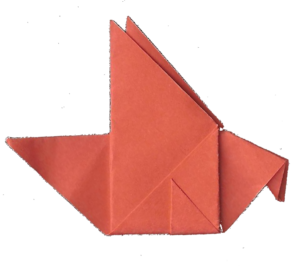
Reading gives us wings
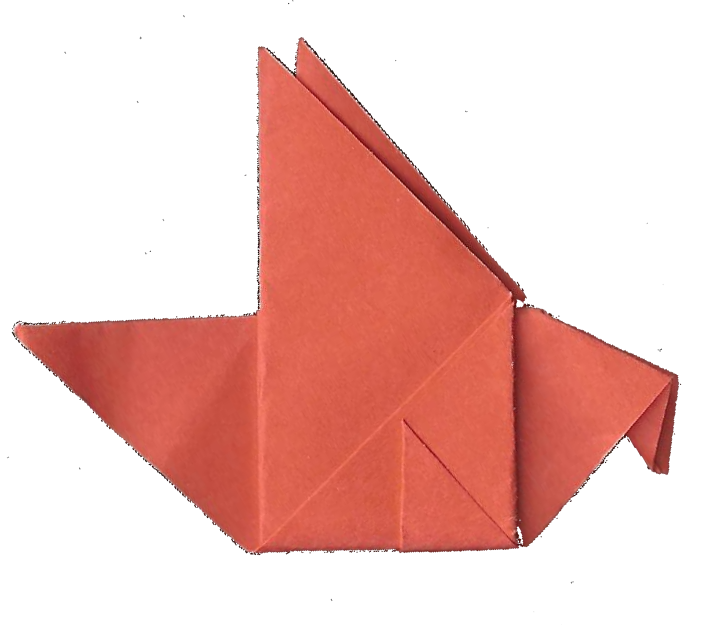
Hi, I am the Read More Warrior and I have a VISION. I believe that as a person, you can develop and discover yourself by getting exposed to new ideas contained in books.
Join the Read More warrior Club!
Subscribe to the Read More Warrior’s monthly newsletter for book recommendations, the most important lesson of the month, blog post updates and way more. Stay tuned!
This site is protected by reCAPTCHA and the Google Privacy Policy and Terms of Service apply.
